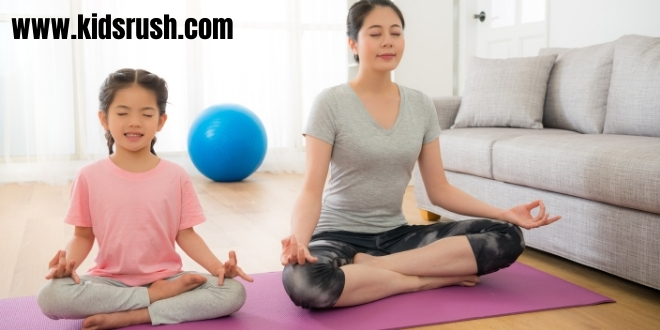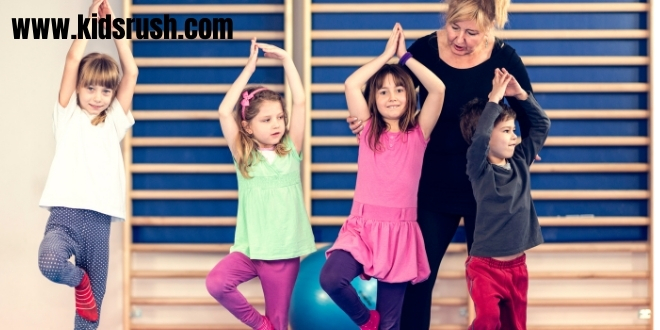Meditation exercises for children:
Meditation exercises, also known by the name of mindfulness, are not only for adults, their performance also provides numerous benefits for the smallest of the house, as long as they resort to those activities that can be adapted for them.
Among the large number of benefits that can be achieved with meditation, specifically for children, we can highlight an improvement in concentration, understanding, and evaluation of one’s own and other people’s feelings and emotions, which leads to an increase in empathy, learning to manage emotions and ease in dealing with all the people in the environment, as well as learning to manage themselves in any situation. In kidsrush.com, we discover some meditation exercises for children that you can practice with them.
General considerations in Meditation exercises for children
Before explaining the different meditation exercises for children, it is important to take into account certain general aspects to carry them out. It should be remembered that children do not have the same capacity for concentration as most adults and that, just as there are times when older people are not predisposed to meditation, it also happens to younger ones.
That is why it is recommended that you set yourself, as far as possible, some times during the week to perform these exercises. As long as it is practiced 2 or 3 times in seven days, a session duration of between 10 and 15 minutes is sufficient. It will vary depending on the age of the child.
It is also important to choose a quiet place where the child’s concentration is favored during those minutes. We recommend that the exercises that the child prefers be repeated more frequently, to associate these moments of meditation with positive sensations.
Read Also: How to make a homemade kaleidoscope for kids easily
Mindfulness activities for children: how do I feel?
This is one of the exercises that most help children to understand their own emotions, what they feel at all times, and how they can act depending on them. It also helps them to recognize those same feelings in the people around them and what their actions can do to them.
It is recommended to sit in a quiet place, without noise, and with not very strong light and close your eyes. The activity can be approached with a question such as “how do you feel?” or “are you happy or sad?” and let the child explain how he feels. It is advisable to ask the reason for that feeling so that you can think about what makes you feel this way with as little help as possible from the adult. With the little ones, you can use parallelisms, for example of a meteorological nature (like the sun to be happy or the rain to be sad) to make it more fun and understandable.
Learn to breathe

This mindfulness exercise for children is very useful for the little ones to increase their ability to concentrate and to learn to relax and be able to cope with certain situations calmly, as well as helping them to know themselves.
The breathing techniques are keys for older and younger. And to transmit them effectively, you can resort to the use of an animal, such as a frog. First, it describes what a frog is like and refers to their ability to be still and how their gut swells when they breathe to promote the imitation of the animal. In this way, the child will be taught to breathe by swelling and deflating the abdomen, with deep inspirations and exhalations so that they learn to relax.
Read Also: Causes of leg pain in children
To describe
This activity will promote the development of curiosity about their environment and the desire to learn, in addition to helping to strengthen their capacities for social exchange with other children.
The child must be asked to imagine that some aliens are coming to visit planet Earth who have never been in this world and who are unaware of all the objects that are here. You have to explain in a very specific way the objects they ask about, for example, any type of food. If you refer to an apple, you will have to describe its shape, its texture, its flavor, its color … everything you need so that someone who has never seen it can never recognize it.
Read Also: What is congenital hypothyroidism?
Memory exercise
This meditation exercise for children is highly recommended to help increase their ability to concentrate and to promote the development of short, long, and medium-term memory.
It is recommended to take advantage of a moment that is within the child’s routine in a fixed way, such as the way to school or the return home. During the journey, you will be asked to memorize and describe five things you see, such as buildings, to ask about them again the next day, and to improve your retention and description ability. [1]

